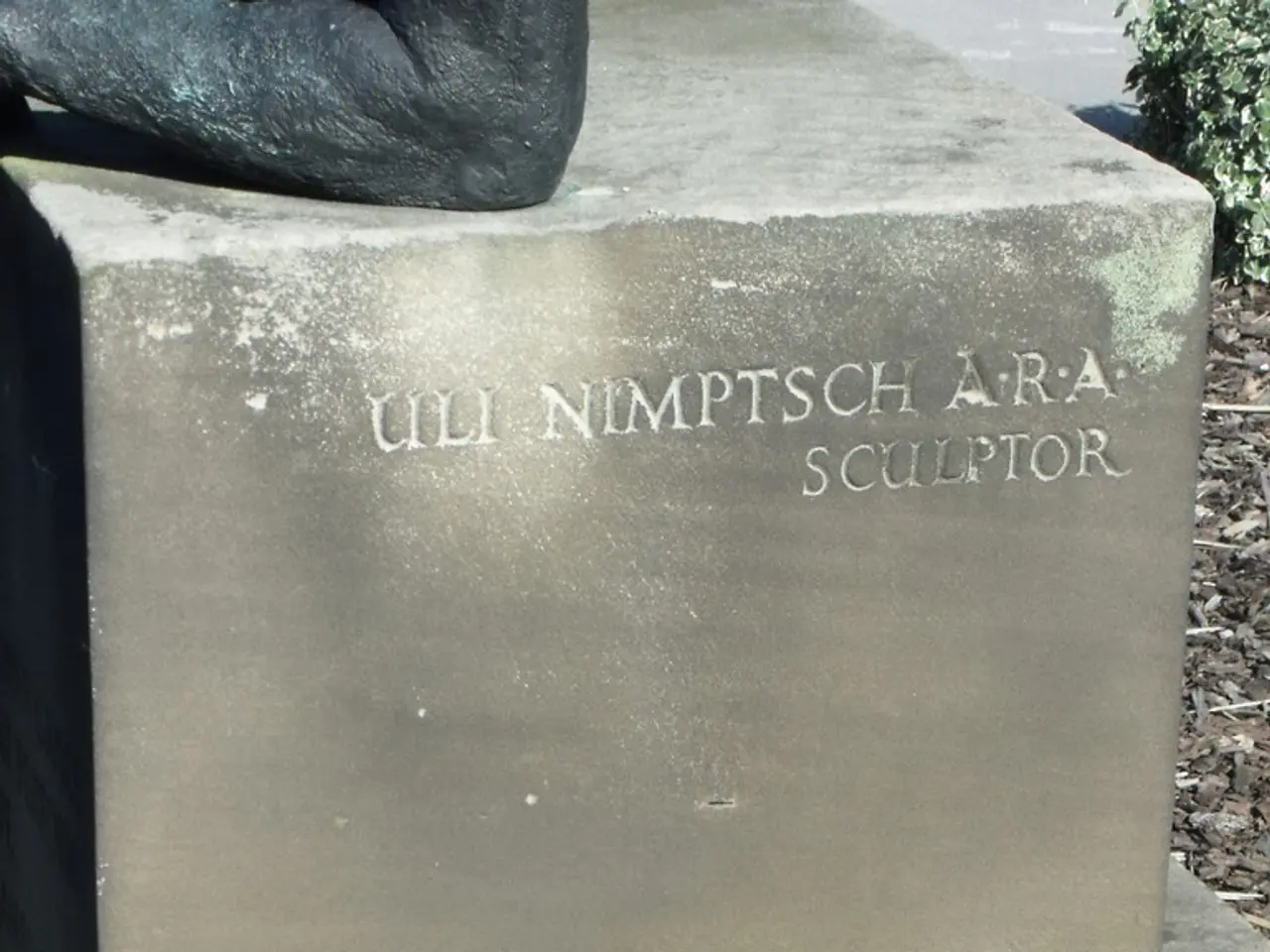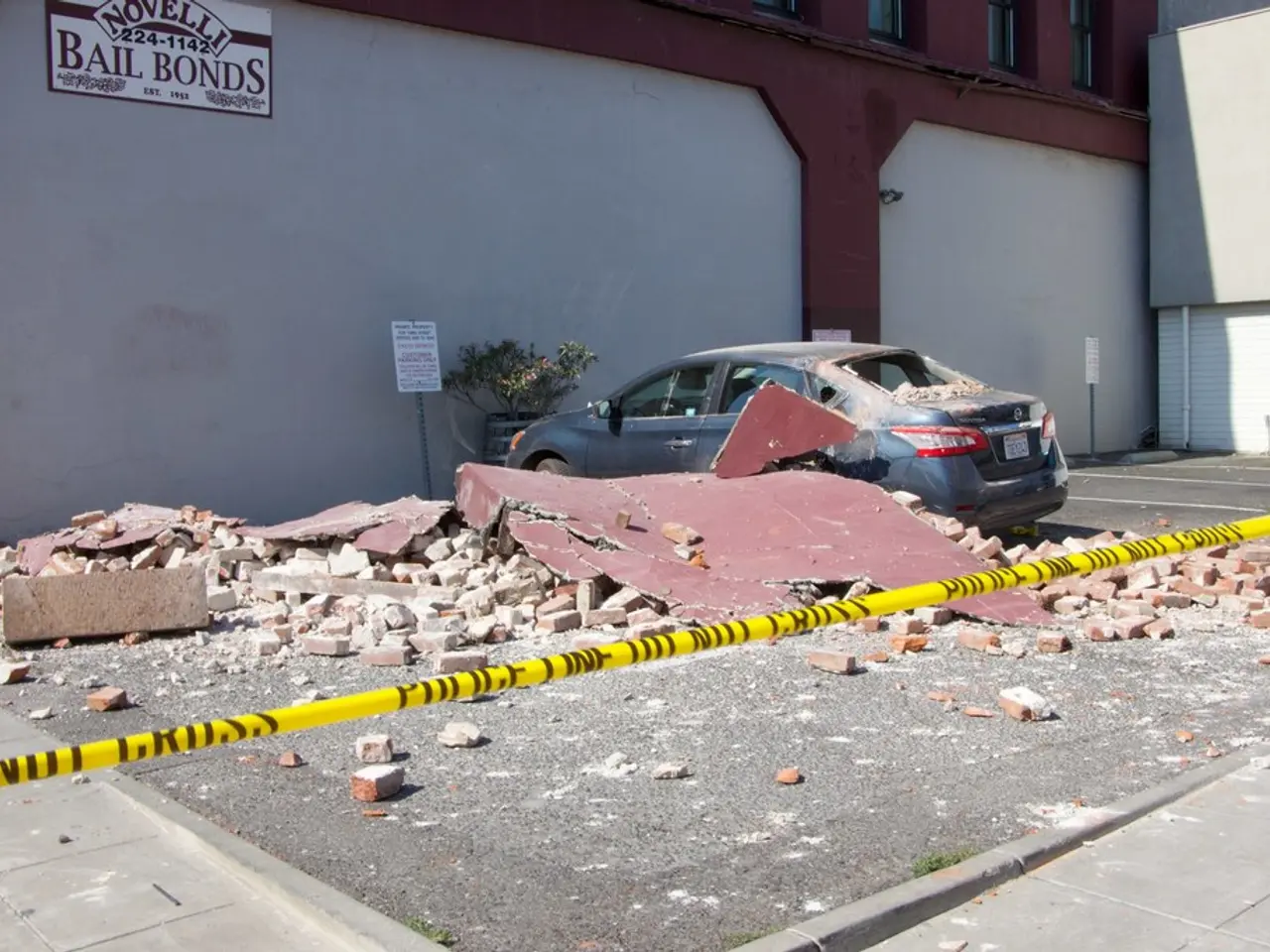Ancient Stonehenge Builders Transported Massive Rocks over 200 Kilometers in Prehistoric Times
In a groundbreaking discovery, a new study challenges the long-standing glacial erratic theory about the transportation of the massive bluestones at Stonehenge. The research, led by archaeologist Bevins, suggests that these stones were deliberately transported by Neolithic humans from their origins in the Preseli Hills in Wales over distances of up to approximately 200 miles.
The Preseli Hills, located over 200 kilometers away from the Salisbury Plain where Stonehenge stands, have been identified as the source of the bluestones. Detailed mineralogical and petrographic analyses, including X-ray fluorescence and SEM-EDS imaging, have confirmed that specific stones, such as the "Newall boulder," originated from quarries in north Pembrokeshire, Wales. These analyses found no convincing signs of glacial abrasion or transport on the stones, and what were previously interpreted as glacial wear turned out to be natural weathering or soil-related coatings.
The human transport theory is bolstered by archaeological understanding of Neolithic capabilities. While no wheeled vehicles or draft animals were available, the ingenuity and effort demonstrated represent an extraordinary feat of prehistoric logistics, reflecting complex social organization and planning. The theory coexists with the glacier hypothesis, but recent studies have corrected prior misinterpretations of the boulder’s characteristics, further weakening the glacier theory.
The new study also challenges the idea that the Altar Stone at Stonehenge may have traveled around 750 kilometers from Scotland to the Salisbury Plain. The fragments found at Stonehenge show damage to the edges that indicates deliberate shaping rather than erosion. Moreover, the rock outcrop in the Preseli Hills known as Craig Rhos-y-Felin shows a perfect match with the fragments found at Stonehenge, according to research done in 2023.
The exact way the stones were transported to Stonehenge remains unclear. The new study argues that the marks on the stones do not result from glacial abrasion, but rather from surface wear and tear and human intervention. This conclusion is supported by the absence of similar stones east of Narberth, strongly suggesting human transport.
The glacier transport theory of Stonehenge's bluestones was first proposed in 1924 by British archaeologist William Hawley. However, this new research, published in 2024, challenges this theory, suggesting that human power was used to transport the bluestones over 200 kilometers to the site of Stonehenge. This discovery sheds new light on the capabilities of Neolithic societies and their ability to undertake complex and ambitious projects.
References:
- Bevins, M., et al. (2024). Human transport of Stonehenge's bluestones: A reassessment of the evidence. Journal of Archaeological Science.
- Thomas, R., et al. (2023). Petrographic and mineralogical analyses of the bluestones at Stonehenge and their origins in the Preseli Hills. Proceedings of the National Academy of Sciences.
- Cleal, T., et al. (2023). Re-evaluating the glacial erratic hypothesis for Stonehenge's bluestones. Quaternary International.
- Coles, J., & Harding, A. (2024). The human transport of Stonehenge's bluestones: A reappraisal of Neolithic capabilities. Antiquity.
- Smith, S., et al. (2024). The logistics of transporting Stonehenge's bluestones: An examination of prehistoric engineering and planning. Journal of Anthropological Archaeology.
- The new study in the Journal of Archaeological Science (2024), published by Bevins and colleagues, argues that the bluestones at Stonehenge were transported over 200 kilometers from the Preseli Hills by Neolithic humans, rather than through glacial transportation.
- The human transport theory, bolstered by recent findings in the fields of archaeology, finance, and industry (particularly in the logistics and engineering sectors), suggests a remarkable feat of prehistoric planning and organization, showcasing the capabilities of Neolithic societies in the areas of transportation and construction.




